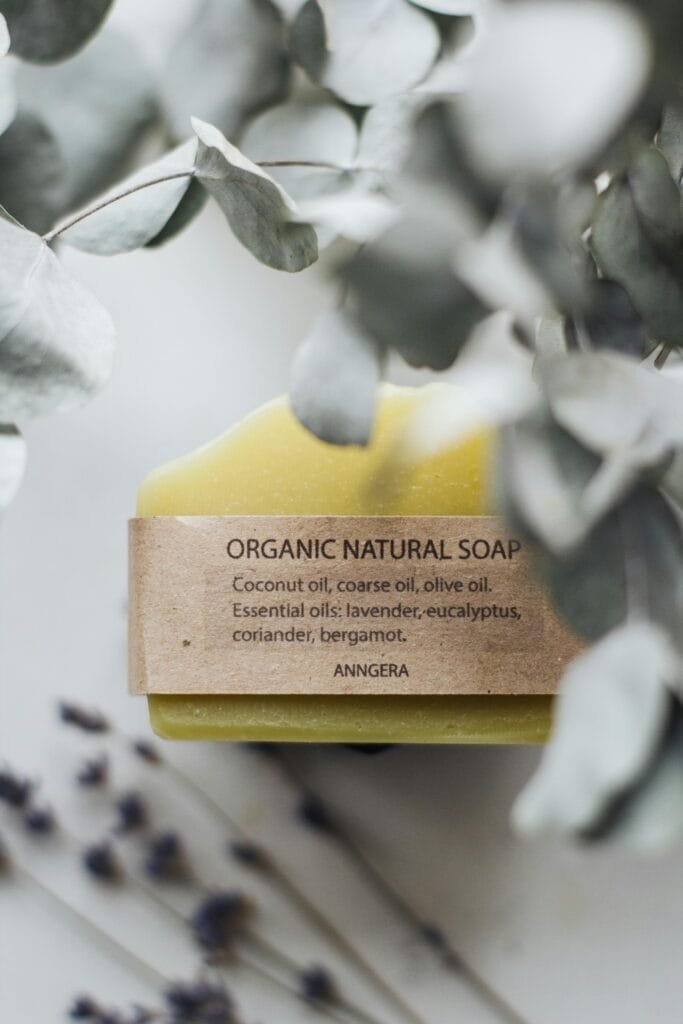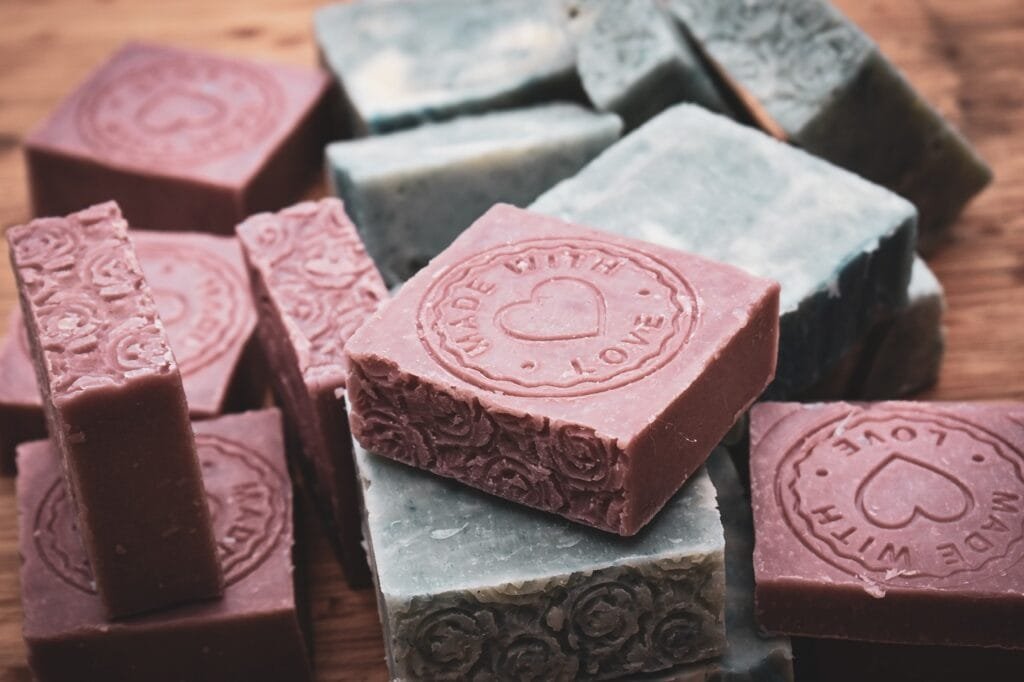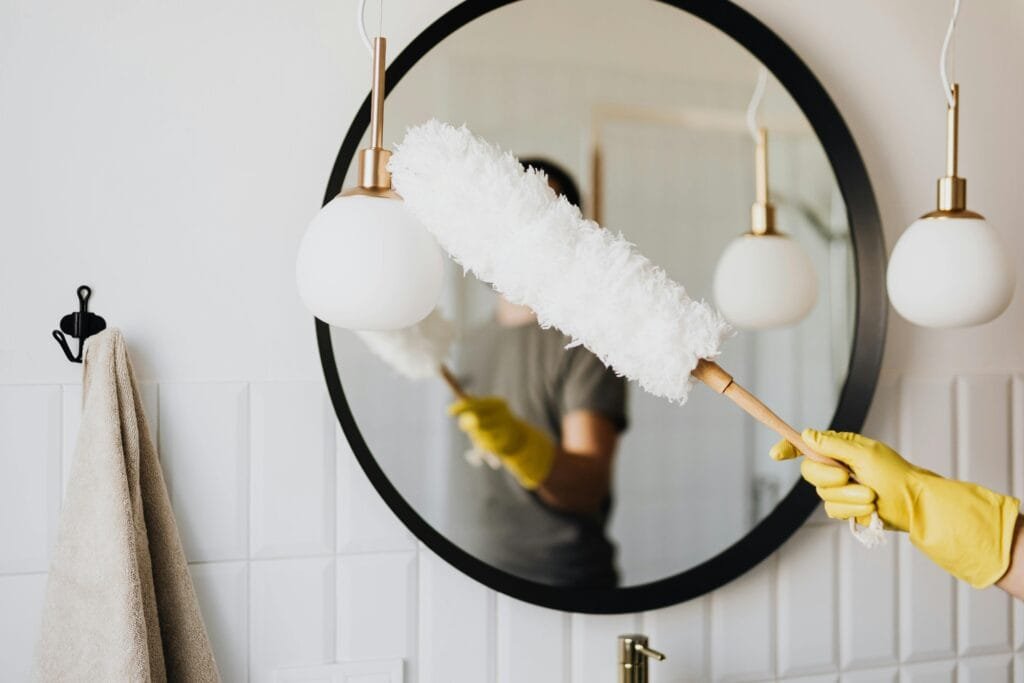Living sustainably helps natural resources, reduces pollutions, and combats climate change and cheering a healthier planet for future generation it also promotes economic efficiency, enhancing well-being and forest resilience. By adopting ecofriendly habit can help us to protect biodiversity and conserve energy also by creating balance and thriving environmental for living beings. Sustainability secures a greener and sustainable future.
Toxic cleaning agents are widely used in households and industries to maintain hygiene. However, these products often contain harmful chemicals that pose significant risks to human health and the environment. For instance, the World Health Organization (WHO) reports that exposure to household cleaning chemicals contributes to over 4.3 million cases of chronic respiratory diseases annually. This report explores sustainable alternatives to toxic cleaning agents, their benefits, and strategies for promoting their adoption.
Understanding Toxic Cleaning Agents
Common Harmful Chemicals:
2.1 Common Toxic Chemicals in Cleaning Products
- Ammonia: Found in glass cleaners; can irritate lungs and cause burns.
- Bleach: A disinfectant that releases toxic fumes when mixed with acids.
- Phthalates: Used in synthetic fragrances; linked to hormone disruption.
- Triclosan: Found in antibacterial products; contributes to antibiotic resistance.
2.2 Environmental Consequences
- Water Pollution: Toxic chemicals from cleaning agents often end up in waterways, harming aquatic life. For example, phosphates in detergents cause eutrophication, leading to algal blooms.
- Air Pollution: Volatile Organic Compounds (VOCs) in cleaners contribute to indoor air pollution, which can be up to five times higher than outdoor levels.
Sustainable Cleaning Alternatives
3.1 Natural Ingredients as Alternatives
- Vinegar: Effective against grease and stains; studies show it eliminates 99% of bacteria on surfaces.
- Baking Soda: A natural deodorizer and mild abrasive for scrubbing surfaces.
- Lemon Juice: Contains citric acid, which acts as a natural disinfectant.
- Castile Soap: A biodegradable, plant-based soap for multi-purpose cleaning.
- Essential Oils: Tea tree and eucalyptus oils have antibacterial and antifungal properties.

3.2 Commercial Sustainable Cleaning Products
Eco-friendly brands such as Seventh Generation, Ecover, and Method offer products free from harmful chemicals. Look for certifications like:
- EPA Safer Choice: Ensures products meet strict safety and environmental standards.
- Green Seal: Verifies that products are sustainable and non-toxic.
Alternatives to Specific Toxic Products
| Conventional Product | Toxic Ingredient | Sustainable Alternative |
| Glass Cleaner | Ammonia | Vinegar and water solution |
| All-Purpose Cleaner | Phthalates | Castile soap with essential oils |
| Bleach-Based Disinfectants | Chlorine | Hydrogen peroxide or tea tree oil |
| Oven Cleaner | Sodium Hydroxide | Baking soda paste with vinegar |
| Floor Cleaner | Synthetic Fragrances | Plant-based floor cleaner or diluted vinegar |
| Laundry Detergent | Optical Brighteners | Soap nuts or biodegradable laundry pods |


Benefits of Using Sustainable Alternatives
5.1 Health Benefits
- Reduced exposure to harmful chemicals minimizes risks of respiratory issues, skin irritation, and chronic illnesses.
5.2 Environmental Benefits
- Sustainable alternatives reduce water and air pollution. For example, switching to biodegradable detergents can decrease water pollution by up to 50%.
- Lower carbon footprint due to the use of natural and locally sourced ingredients.
5.3 Economic Benefits
- DIY cleaning solutions using vinegar and baking soda can save households up to 70% compared to commercial products.
- Refillable and reusable packaging reduces costs over time.
Challenges in Adopting Sustainable Alternatives
6.1 Consumer Awareness
- A 2023 survey by Green Consumer Alliance found that only 42% of consumers were aware of eco-friendly cleaning products.
6.2 Cost Perception
- Some sustainable products have higher upfront costs, deterring budget-conscious consumers.
6.3 Greenwashing
- Misleading claims by companies can erode consumer trust in genuinely sustainable products.

Strategies to Promote Sustainable Cleaning
7.1 Education and Awareness
- Conduct campaigns highlighting the health and environmental benefits of sustainable cleaning agents.
- Workshops on making DIY cleaners at home.
7.2 Incentives for Manufacturers
- Governments can offer tax breaks or subsidies to companies producing eco-friendly products.
7.3 Clear Labeling Standards
- Mandating transparent labeling of ingredients to help consumers make informed choices.
Switching to sustainable cleaning alternative can be a crucial protection for human health and the environment by Adopting natural ingredients supporting eco-friendly brand and promoting consumer awareness we can significantly reduce the negative impact of toxic clinic agent from our daily life this transaction require collective effort from individuals, industries, and policy maker to ensure a cleaner and healthier future for tomorrow.


References
- Environmental Science & Technology, 2020. Global Contributions of Paint Microplastics.
- Orb Media, 2017. Global Tap Water Microplastic Study.
- Science of the Total Environment, 2021. Microplastic Contamination in Seafood.
- Indoor Air Journal, 2022. Sources of Indoor Microplastics.
- Environmental Pollution, 2020. Microplastics in Urban Street Dust.
- Marine Pollution Bulletin, 2021. Paint Microplastics in Coastal Sediments.
- The Lancet Planetary Health, 2023. Health Impacts of Microplastic Exposure.
- OECD Report, 2023. Sustainable Alternatives to Microplastic Sources.
- Exploring the Impacts of Microplastics on Human Health.

